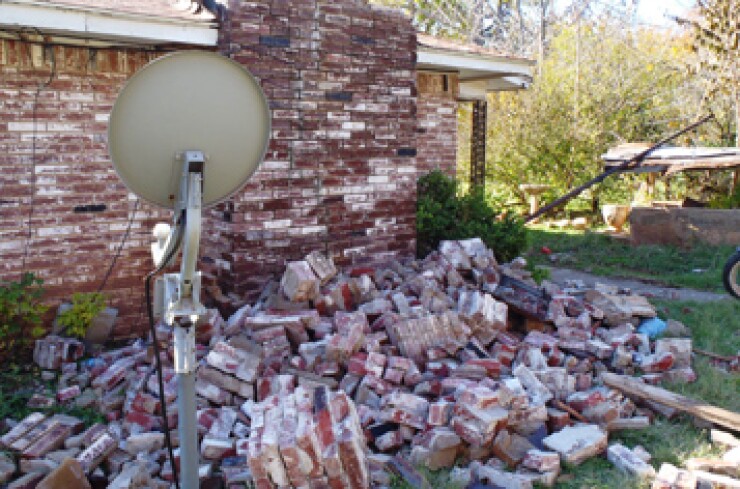Editor’s note: This blog entry has been excerpted from a longer paper by EY. To read the full item, “Robotics in Claims: Transformation through intelligent automation,”
The use of robots and automation can take many forms in claims, including both customer-facing and backoffice functions and tasks. The following represent the most common and promising use cases across the industry.
1. Streamlining vendor applications and estimating: Most current estimating processes require adjusters or others to rekey data from one form or system to another. Robotics along with enabling technology such as optical character recognition (OCR) can eliminate that duplicate effort by bridging the gap between claims systems, vendor apps and third-party estimating systems.
2. Capturing and managing claimant data: RPA can be on the receiving end of claims submissions, especially those that typically include photos from customers. Robots can ensure the right information ends up in the right systems and attached to the right claims. As such, they ensure human representatives have the information they need to move claims forward and respond to customer inquiries. Customers who prefer self-service also benefit when submitted information is more readily accessible.

3. Streamlining, automating and enhancing communications: Claimant communication remains a largely manual
undertaking, requiring adjusters or other claims staff to initiate and, in some cases, monitor the process. RPA can help operationalize smart rules so the right letter (e.g., those required to be sent 30 days after a loss is reported) reaches the right claimant at the right time through the right channel. For instance, robots can pull data from claims submission forms and pre-populate letters that are typically housed in other systems and map distribution to customer preferences.
4. Scanning, indexing and converting forms and data: RPA has proven especially proficient at pulling data from standard fields on medical bills, from claimant name and address, to provide information to coding details. Standard in name only, these forms are a common source of errors. Similarly, RPA can transfer and convert data across older claims systems that may be used by individual product lines or regions to newer enterprise systems.
5. Validating payments: Conventional wisdom holds that 3%-5% of claims payments are inaccurate, though no one knows for sure, given the difficulty and expense in auditing all claims. The key is robots’ ability to quickly, cost-effectively and proactively run QA on entire populations of forms and payments, rather than just a small sample. For example, rather than auditors discovering a $5,000 payment on a $500 settlement months after a customer has cashed the check, robots can flag the disparity beforehand. Further, they can help deliver the information and intelligence so that human analysts can investigate anomalies proactively.
6. Customer-facing enhancements: RPA can alleviate the need for time-consuming and costly adjuster input by supporting customer-friendly apps for capturing photos of fender-bender car accidents and submitting all claims submission forms with just a few taps and swipes. Chatbots, another automation tool easily integrated with RPA, are already handling many routine communications tasks, including notifications of settlements and customer inquiries into claim status.
7. Integrating other enabling technologies: Looking forward, RPA will become more prevalent, especially as claims groups adopt other enabling technologies. For instance, AI-powered bots will likely handle the inputs from drones conducting standard property inspections or surveying damage after catastrophic storms. Integrating RPA with machine learning and NLP can enable the initiation of new claims and issue FNOL communications by scanning and analyzing unstructured communications, including emails from agents or even voice interactions.
Robots will also be used widely in the real-time review of social media streams to assess claims severity and reduce fraud. RPA will receive and route advanced telematics data (including video imagery) that will be instantaneously captured during automobile accidents and downloaded from the cloud, automatically triggering an FNOL entry.





